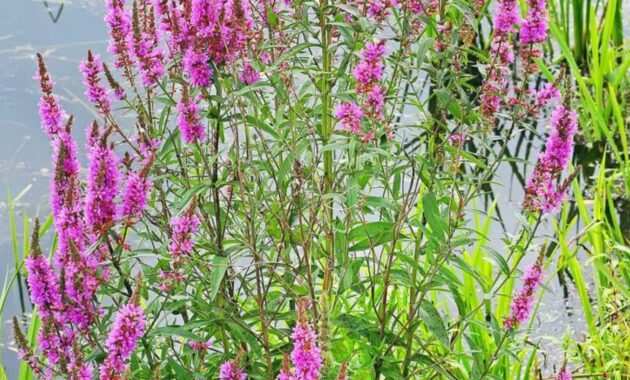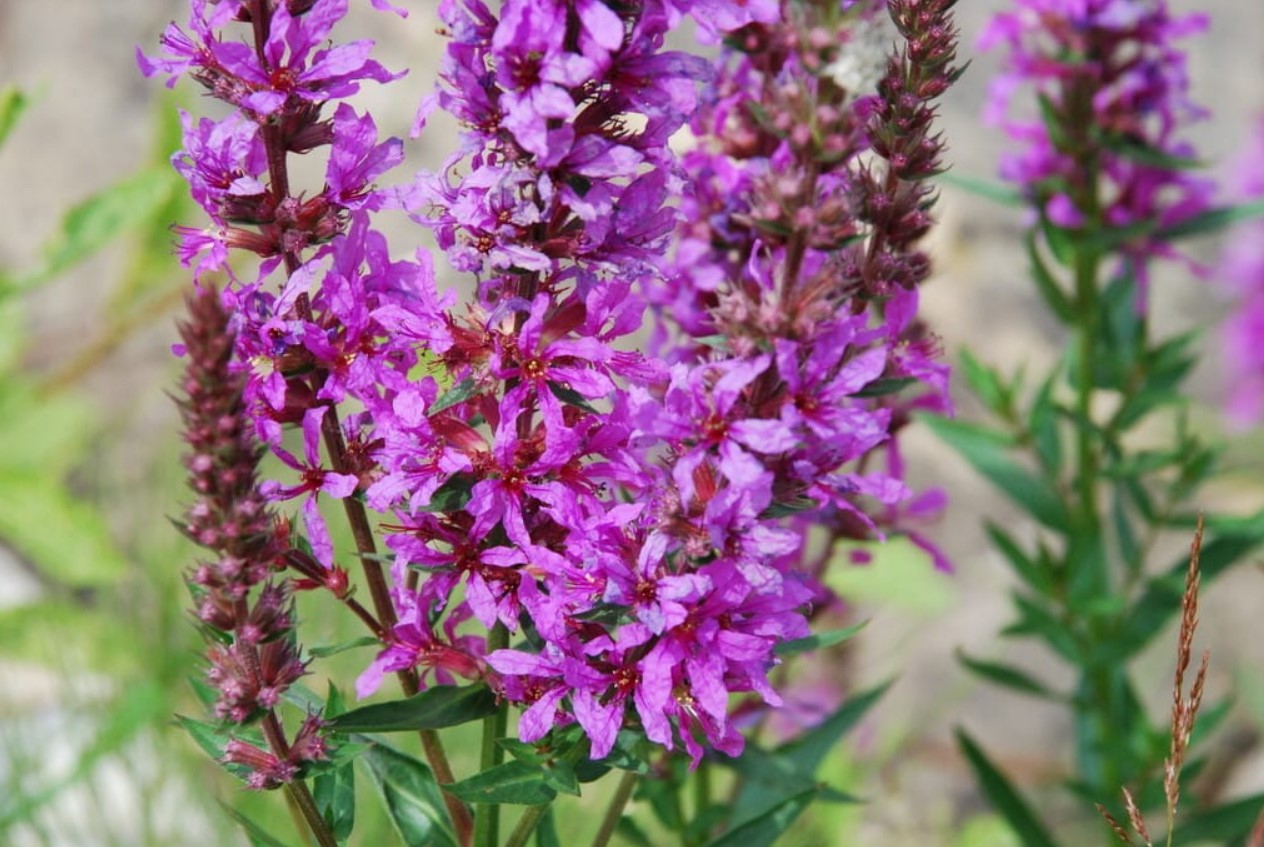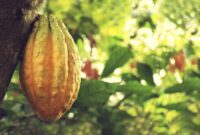
When it comes to garden plants that pack a punch in terms of beauty and resilience, the loosestrife plant often springs to mind. With its vibrant spikes of flowers, it’s a favorite among gardeners looking to add a splash of color to their landscapes. But the loosestrife plant is more than just a pretty face; it carries a wealth of history, medicinal uses, and some interesting quirks that make it a true botanical gem.
What is the Loosestrife Plant?
The loosestrife plant, commonly referred to as Lysimachia, is a genus that boasts over 180 species, many of which are native to Europe, Asia, and North America. One of the most well-known species is Lysimachia punctata, or yellow loosestrife, which features striking yellow flowers that bloom in clusters along its tall stems.
I remember the first time I stumbled upon a patch of loosestrife in a garden center. The vibrant yellow blooms were simply stunning, almost like tiny suns sprouting from the ground. I had never seen anything quite like it before. I was instantly drawn to it, and my garden needed that pop of color!
Characteristics of Loosestrife
Here’s what makes loosestrife a standout in any garden:
- Appearance: Loosestrife plants can reach heights of up to 4 feet, with elongated spikes of flowers that can vary in color, including yellow, purple, and white. The leaves are typically lance-shaped and grow in opposite pairs along the stem, creating a lush, full appearance.
- Growth Habit: They are known for their clumping habit and can spread quickly, which can be both a blessing and a curse. In the right conditions, they can form dense colonies that crowd out other plants.
- Habitat: Loosestrife thrives in moist, well-drained soil and can often be found in wetlands, meadows, and along the edges of ponds. It’s a hardy plant that tolerates various soil types and even some drought once established.
| Feature | Description |
|---|---|
| Height | Up to 4 feet (1.2 meters) |
| Flower Color | Yellow, purple, white |
| Leaf Shape | Lance-shaped, opposite pairs |
| Growth Habit | Clumping, can spread aggressively |
| Habitat | Moist soils, wetlands, meadows |
A Brief History of Loosestrife
Loosestrife has a rich history that intertwines with both folklore and medicinal use. In ancient times, it was revered for its healing properties. It was commonly used to treat wounds and gastrointestinal issues. I can only imagine the early herbalists roaming the fields, collecting loosestrife for their potions and remedies.
In Europe, it was often associated with magic and folklore. Some believed that loosestrife could ward off evil spirits, and it became a symbol of protection. I once read a story about a village that planted loosestrife around their homes, believing it would keep their families safe from harm. It’s fascinating how plants like loosestrife can carry such powerful symbolism through the ages.
The Medicinal Uses of Loosestrife
While I’m not a herbalist by any means, I’ve always been intrigued by the medicinal properties of plants. Loosestrife has a range of potential health benefits, and its historical use as a medicinal herb has piqued the interest of many.
Potential Benefits:
- Anti-inflammatory Properties: Some studies suggest that loosestrife may help reduce inflammation, making it useful for treating conditions like arthritis.
- Digestive Aid: Traditionally, it has been used to alleviate digestive issues, such as diarrhea and stomach cramps. I once tried making a herbal tea from loosestrife leaves, and while the taste wasn’t my favorite, I felt quite refreshed afterward.
- Wound Healing: Its astringent properties make it effective for treating wounds, helping to stop bleeding and promote healing.
- Urinary Health: Loosestrife has been used in herbal remedies for urinary tract infections due to its diuretic properties.
A Word of Caution
While loosestrife has potential health benefits, it’s essential to consult with a healthcare professional before using it for medicinal purposes. I learned this lesson the hard way after trying to treat a mild ailment with a DIY herbal remedy. It’s easy to get carried away, especially with plants that have historical uses, but safety should always come first!

How to Grow and Care for Loosestrife
If you’re considering adding loosestrife to your garden, you’re in for a treat! Here’s a quick guide on how to grow and care for this resilient plant.
Planting Tips
- Location: Choose a sunny spot in your garden. Loosestrife thrives in full sun but can tolerate partial shade. I found that my plants were more robust when they received at least six hours of sunlight daily.
- Soil: Loosestrife prefers moist, well-drained soil but can adapt to various conditions. I planted mine in a slightly boggy area of my garden, and they flourished!
- Spacing: If you’re planting multiple loosestrife plants, space them about 18 to 24 inches apart to allow for spreading. This might seem like a lot, but trust me—these plants will fill in quickly!
Care Instructions
- Watering: Keep the soil consistently moist, especially during dry spells. Loosestrife is a thirsty plant, so don’t skimp on watering! I learned this the hard way when my first batch wilted due to a summer drought.
- Fertilizing: A balanced fertilizer in the spring will give them a boost, but loosestrife doesn’t require much fuss. I usually opt for an organic fertilizer to keep things eco-friendly.
- Pruning: After blooming, you can cut back the spent flowers to encourage a tidier appearance and promote new growth. I like to prune mine in late summer to keep them looking fresh.
Dealing with Invasiveness
Now, here’s the kicker: loosestrife can be quite invasive. In some areas, it’s classified as a noxious weed due to its ability to spread rapidly and outcompete native plants. If you’re not careful, your garden could become overrun. I’ve had to keep a close eye on mine to prevent them from taking over the flower beds.
Management Tips:
- Regular Monitoring: Check your garden frequently and remove any unwanted plants.
- Containment: Consider planting loosestrife in containers or designated areas to control its spread.
- Educate Yourself: Know the local regulations regarding loosestrife cultivation in your area. Some regions have restrictions due to its invasive nature.
Creative Uses for Loosestrife
If you’re looking for unique ways to incorporate loosestrife into your life beyond gardening, you’re in luck! Here are a few ideas I’ve come across that might spark your creativity.
Floral Arrangements
Loosestrife makes a stunning addition to floral arrangements. The tall spikes add height and drama to bouquets, and their vibrant colors can brighten any room. I’ve used them in arrangements for special occasions, and they always get compliments!
Dried Flowers
You can dry loosestrife blooms for use in potpourri or craft projects. Just hang them upside down in a dark, dry space, and they’ll retain their color and shape beautifully. I once made a beautiful wreath with dried loosestrife, and it brought a rustic charm to my home decor.
Culinary Uses
While it’s not a common culinary herb, some adventurous cooks have started to experiment with loosestrife in their dishes. The young leaves can be used in salads or as a garnish, adding a unique touch to your meals. I haven’t gone that route yet, but it’s on my culinary bucket list!
Final Thoughts
The loosestrife plant is more than just a pretty face in the garden; it’s a resilient, versatile, and historically significant plant that deserves a place in every gardener’s heart. From its stunning blooms to its potential medicinal uses, loosestrife is a true testament to the beauty of nature. Just remember to keep an eye on its growth, and you’ll find that it can be an incredible addition to your garden.
So, if you’re looking for a plant that combines beauty, history, and a bit of adventure, why not give loosestrife a shot? You might just find that it changes your gardening game forever! Happy planting!



